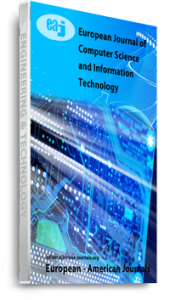Event-driven architecture (EDA) represents a transformative paradigm in distributed systems development, enabling organizations to build more responsive, scalable, and resilient applications. By facilitating asynchronous communication through events that represent significant state changes, EDA establishes loosely coupled relationships between system components that can operate independently. This architectural approach addresses fundamental challenges in distributed systems including component coordination, state management, and fault isolation. Microsoft Azure cloud services provide comprehensive support for implementing event-driven architectures through specialized offerings such as Event Grid for event routing, Service Bus for enterprise messaging, and Functions for serverless computing. These services create a foundation for sophisticated event processing pipelines that adapt dynamically to changing business requirements. When properly implemented with attention to event schema design, idempotent processing, appropriate delivery mechanisms, and comprehensive monitoring strategies, event-driven architectures deliver substantial benefits across diverse industry sectors including financial services, healthcare, manufacturing, and retail. The integration of EDA with microservices architecture creates particularly powerful synergies, enabling systems to evolve incrementally while maintaining operational resilience. As distributed systems continue to evolve, event-driven patterns implemented through cloud-native services will play an increasingly central role in meeting the demands for real-time responsiveness and elastic scalability.
Keywords: asynchronous communication, azure cloud services, distributed systems, event-driven architecture, microservices integration

